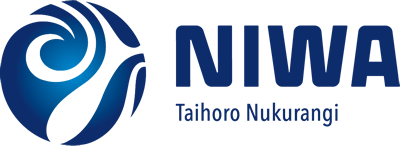Page Not Found

Sorry, we can't find the page you're looking for.
This might be because:
- The webpage is temporarily unavailable.
- The content you are looking for has been moved or taken offline.
- There was a typing error in the URL.
Why don't you:
- Check the URL.
- Try searching
- Try the National Library Archive
- Contact us
